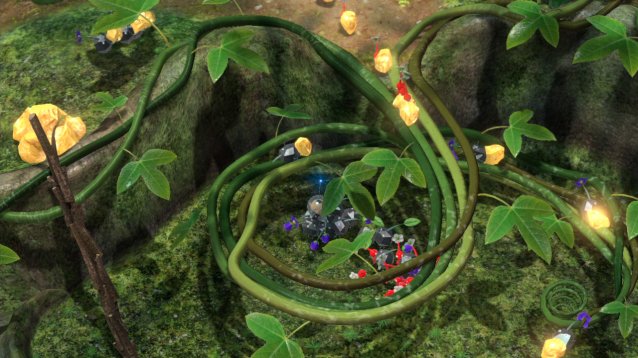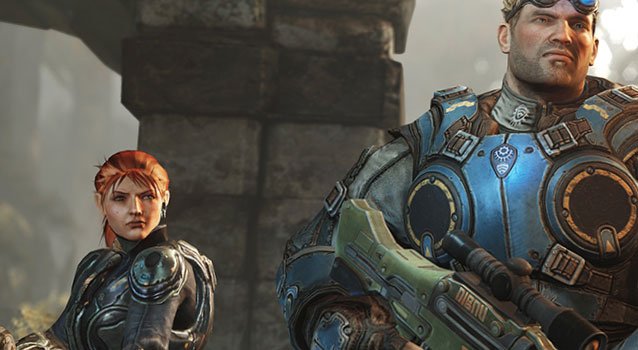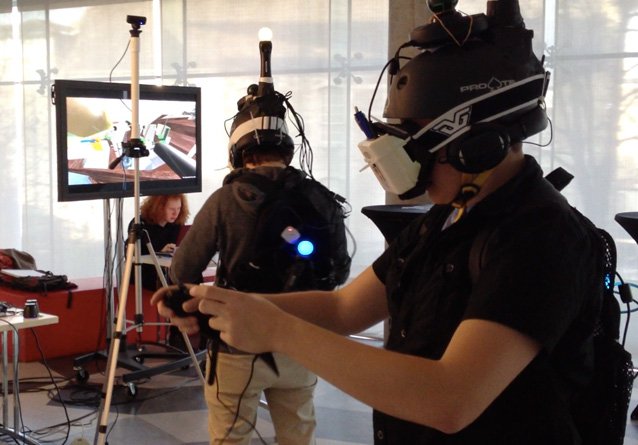


As a person who has been in the "ivory tower" of academia for quite a bit of time, I can say first hand just how traditional it is in its values. One would think that education would attempt to take advantage of technological advances -- yet when I teach my composition courses (that focus on digital literacy, mind you) I often times find myself in a classroom with nothing more than a chalk board; in terms of digital literacy, this can prove to be very limiting to what we can do. Sometimes the graduate teaching assistants and professors at our university get to branch out the curriculum, leading into activities like analyzing YouTube videos, music, and pop-culture. By and large, these activities lead to very engaging and noteworthy class periods, where students oftentimes continue to pursue what they learn in their own time in both a critical and active way, applying what they learned in class to things outside of the academic domain in order to help them gain a better overall understanding of the world around them. As a writer and a writing teacher, that is what I find to be most important for my students -- that they can take what they learn and apply it in a real world setting. More often than not, traditional education fails to do this in a modern context. While a student may learn a theory that they can put into practice in a controlled setting, they may not understand how to apply it in different domains, contexts, or situations; they may not understand how it works outside of the doors of the ivory tower. The difference in theory and practice helps to shine light on educational issues and ultimately displays the importance of critical and active learning versus passive learning and memorization.
This is where video games come in. These traditionalist values often found in education innately shun the idea of video games. While they may be good for hand-eye coordination or reaction times they are repeatedly dubbed a "waste of time" because they lack any form of useful content that can be memorized. In his book What Video Games Have to Teach Us About Learning and Literacy, scholar James Gee calls this concept the "problem of content," which is an insult commonly used to affront gaming from an educational perspective. In this rather static concept of education, the academic value of something is only upheld if there is something directly tangible to learn or memorize. The problem with this traditional view is that education, in itself, cannot be static if it is to be productive.

Literacy and communication, two massive aspects in the field of education, do not simply rely on language and books. If they did, the liberal arts would be in stuck in an extremely stagnant and self-sustaining field. Literacy and communication are meant to teach both active and critical learning skills through analysis and production. Both fields utilize a juxtaposition of graphs, symbols, icons, and words; they embody these traits in textbooks, media, conversation… and even video games. Games mix images and text in an interactive manner. In order to understand a game and progress through it, the dynamics of it must be analyzed to the point of understanding. Once these traits or play-styles are analyzed, the player then begins the production of ideas to work through the trials or puzzles within a game. Gee mentions that learning a game is like “reading” and then progressing through the game is like “writing.” The more I thought of this statement, the more I realized how it was true. When a student reads, they pick apart what they learn and then are asked to apply it in their writing. When a gamer plays an introductory level, they pick apart when they learn and then are asked, by the game, to apply it in their game play. This is active learning, where a student learns from experience and learns to apply it in different contexts. The benefit of this kind of learning is that it can be critically applied to other situations – it is transferable. On the other hand, passive learning based on little practice and strict memorization is difficult to apply and is therefore difficult to understand in other contexts. Imagine taking a physics class and learning formulas. Now imagine never using those formulas in a lab. Maybe it’s just because I’m an English person, but I think it would be difficult to grasp what I learn outside of the classroom.
Although video games may not provide necessary content that will be found on the GRE, SAT, or on your next Biology test, they, much like literature and writing, provide an interactive medium for both critical and active learning. And this type of learning only expands further with games that actually adapt with difficulty levels – something that challenges the player to critically apply their knowledge in unique and different ways. Gaming creates a learning experience from actual experience and practice itself. This style of learning allows knowledge to be applied at a “meta” level in terms of production and progress, because it allows the player to realize that in different variations and contexts, the same tactic or procedure used in a previous level may yield entirely different results than before. Therefore the player learns to consider context in their actions, much like writers consider their audience. Dishonored, for example, was a game of trial and error for me. I saved a lot and died a lot more, but this allowed me to test my own theory or hypothesis of game play. It allowed me to learn from my failures, and even see my failures as opportunities to learn new techniques. Although this play style made my play-through relatively long, I was eventually able to get the no-kill achievement and learn some badass stealth moves. I also learned quite a bit about patience. A student, or gamer, cannot learn how to test their knowledge or learn from failure if they don’t have the ability to be both active and critical. Gaming and other interactive mediums have the ability to do just that.

In his text, Gee also brings up a child who played Pikmin for a period of time. The game not only taught him how to react in different situations, but it also taught him how to collaborate and do research. From playing a game and becoming a part of an online gaming community he learned how to use forums, research material, and eventually created his own FAQ page dedicated to his favorite games. Now try and tell me that gaming was a waste of time for this child. Through his experience with the game and collaboration with the online community, he developed active problem solving skill. Skills that will undeniably give him an advantage in both education and the real world.
Arguably, not everyone approaches game play the way the child who plays Pikmin does; gaming can be a fruitless form of entertainment. However, not everyone approaches the world of education in the same way an academic-nut would either. So what ensures that people play a game in a more productive manner, what ensures that people learn or study? Ultimately it seems up to the players or students themselves. But, it terms of video games, it does appear like play style and game development plays a big part. Dishonored could have been a mindless hack and slash game, but the game begs strategic and stealthy play and offers rewards (achievements, trophies, etc.) for people who think a bit more actively. Games have a place in education – but will they continue to be pushed away to uphold traditional values, or can we really use them to our advantage alongside literature, writing, and other subjects to improve both active and critical thinking?




 Double Fines Kickstarter Effect: What Happens Next?
Double Fines Kickstarter Effect: What Happens Next? Top 10 Point & Click Adventure Games for iPad
Top 10 Point & Click Adventure Games for iPad Hands-On With USCs Project Holodeck: a True Virtual Reality Experience
Hands-On With USCs Project Holodeck: a True Virtual Reality Experience Minecraft Castle Building Guide
Minecraft Castle Building Guide Earth Defense Force 2017 Wiki .
Earth Defense Force 2017 Wiki .